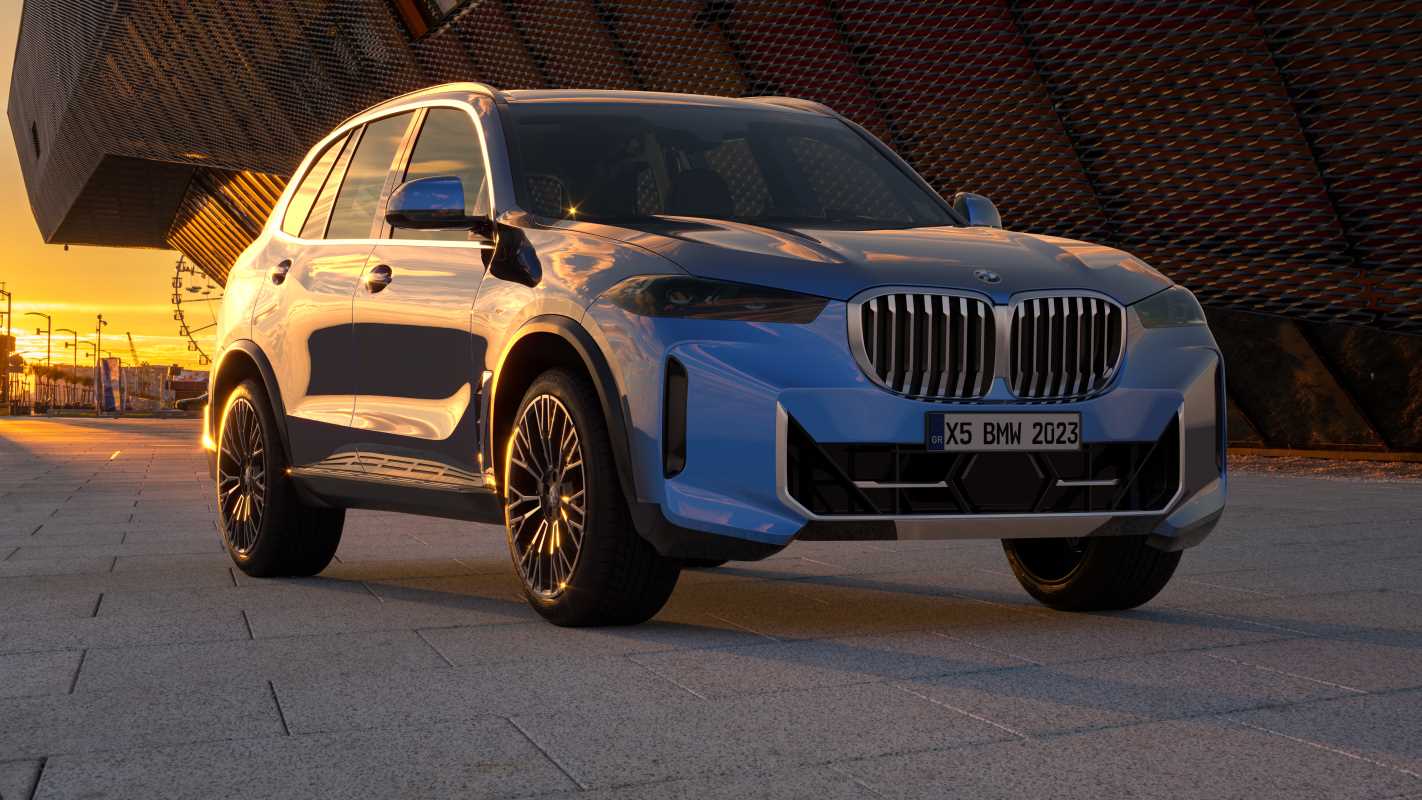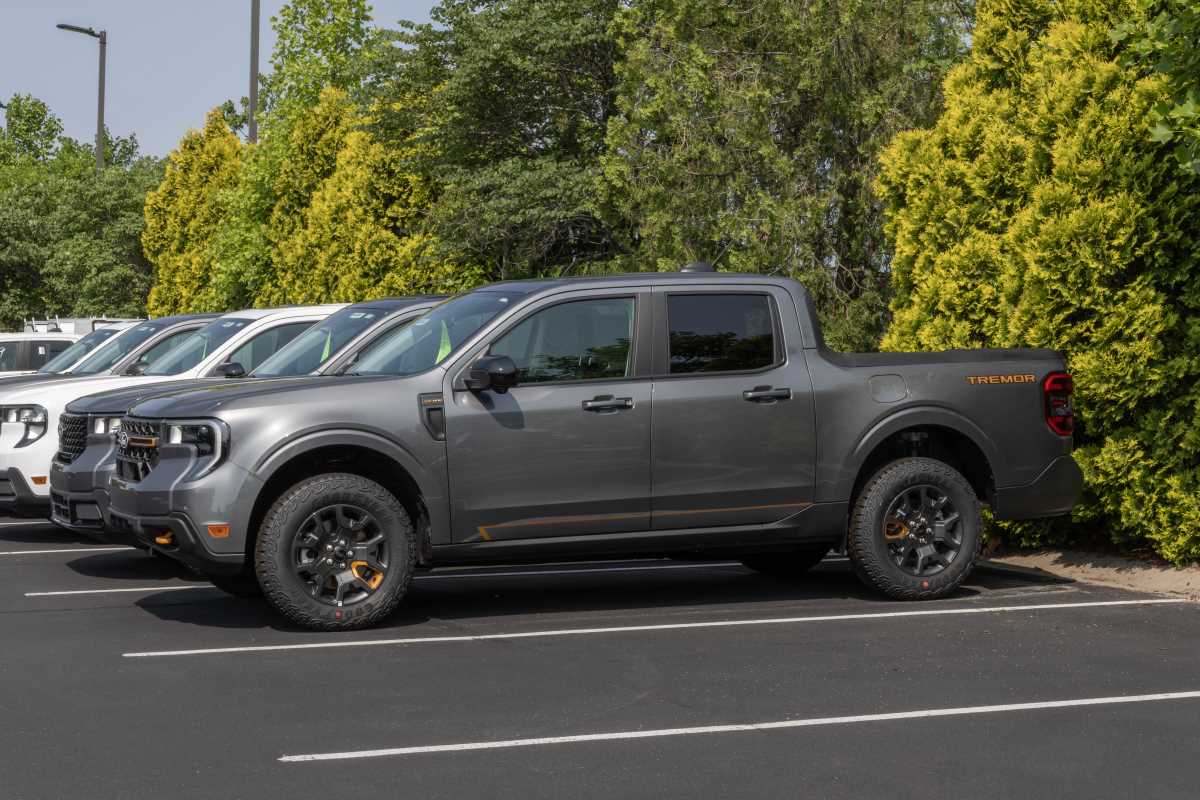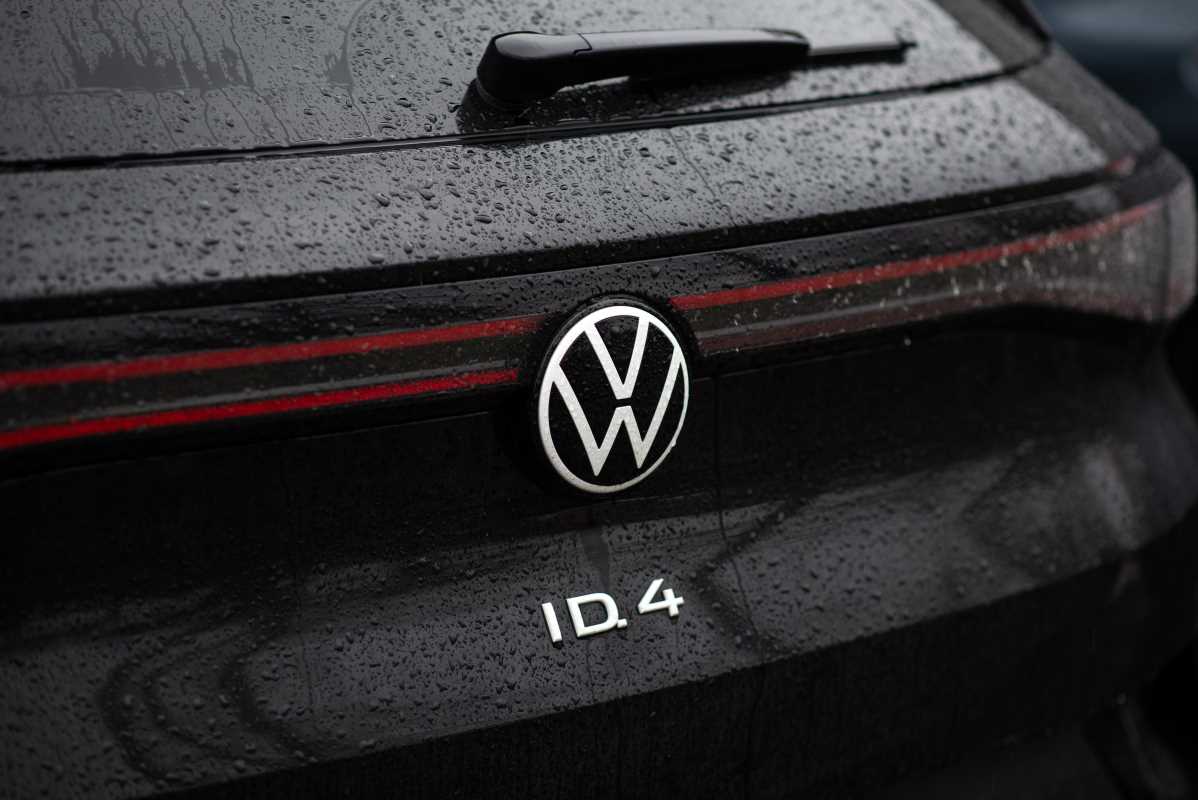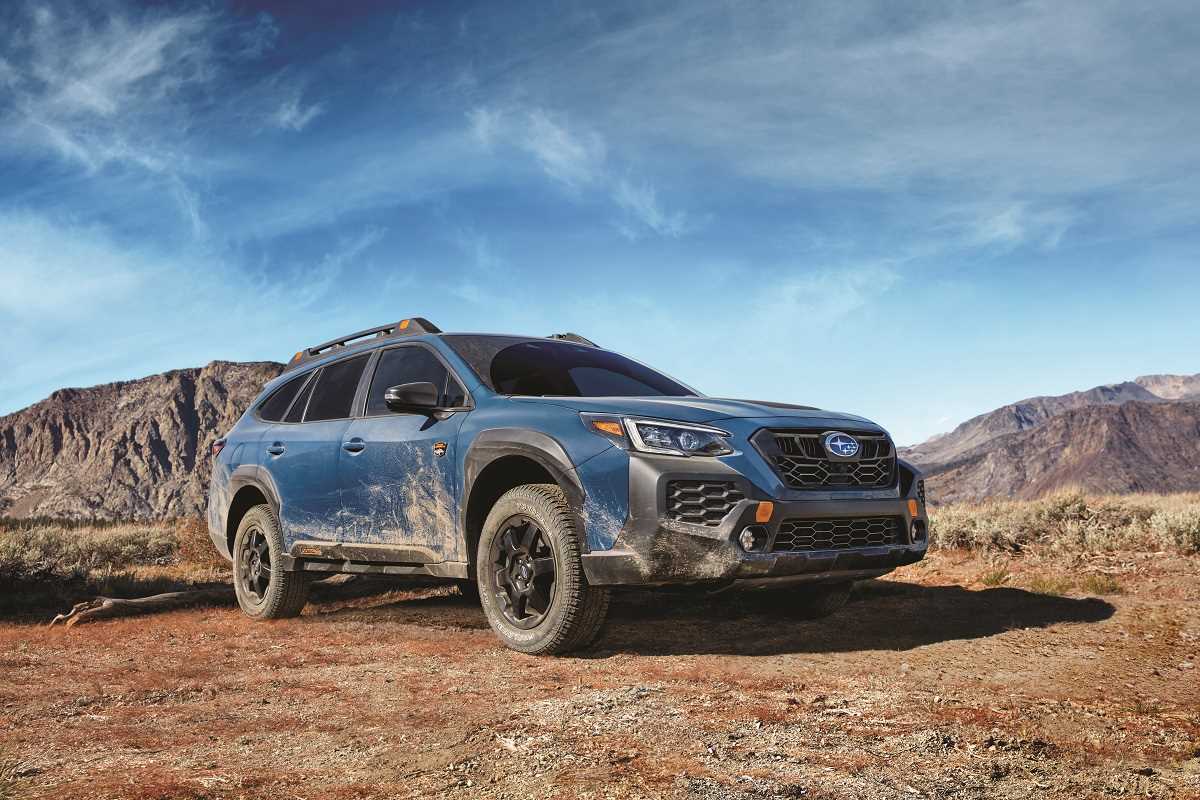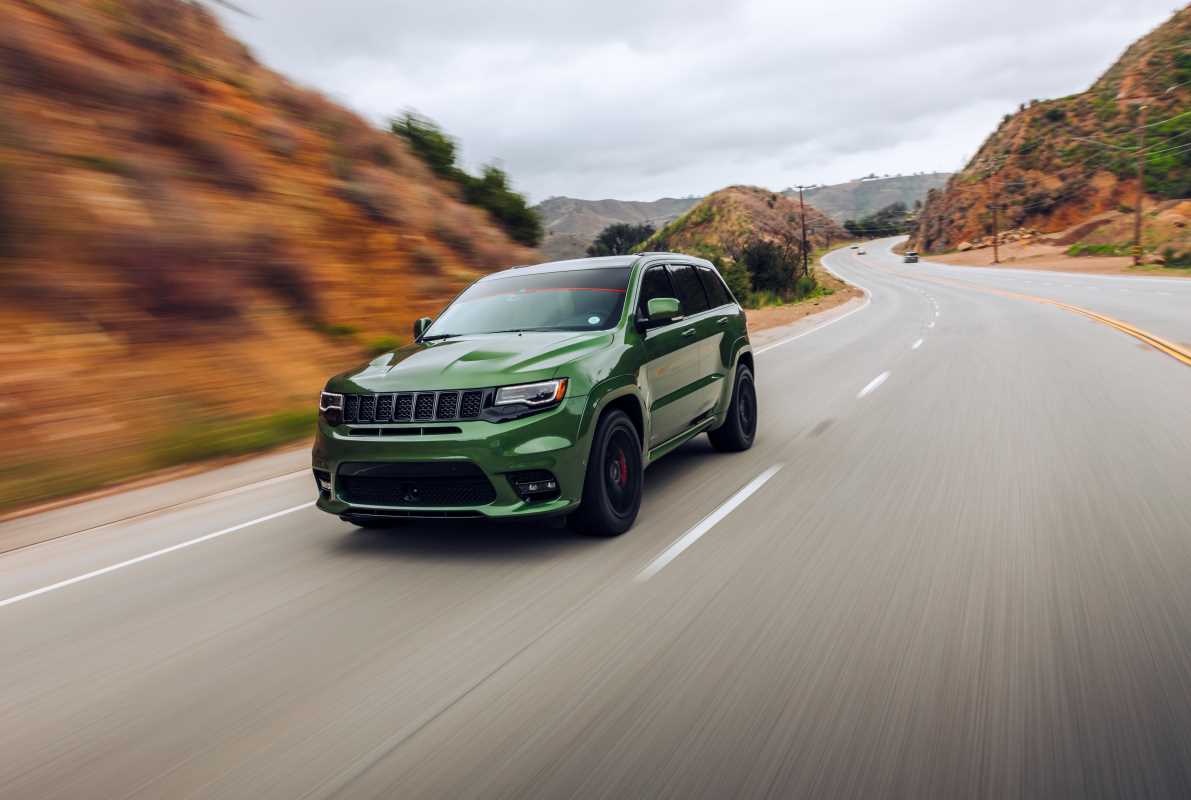It is impossible to ignore the Tesla Cybertruck. It looks like a low-polygon video game asset from the 90s that somehow escaped into the real world. This enormous, stainless-steel wedge has been one of the most polarizing vehicles ever created, inspiring both fanatic devotion and widespread mockery. From its unconventional design and material choices to its headline-grabbing performance and laundry list of real-world quirks, the Cybertruck is a fascinating, frustrating, and utterly unique machine. It challenges every preconceived notion of what a truck should be, for better and for worse. This isn't just another electric vehicle; it's a rolling statement piece, a stainless-steel Rorschach test on wheels that reveals as much about its owner as it does about the future of automotive design.
Design and Materials
The Cybertruck’s defining feature is its unpainted, stainless-steel exoskeleton. The choice to use this material is both brilliant and baffling. On the one hand, the thick steel panels are incredibly durable and resistant to dings from runaway shopping carts, earning it the "garbage can on wheels" moniker for its sheer toughness. On the other hand, this same material is notoriously difficult and expensive to repair if a major dent does occur. The flat panels also act as a magnet for fingerprints and smudges, making it a nightmare to keep clean.
This angular design creates some significant practical challenges. The massive, raked windshield provides a panoramic view forward, but the thick A-pillars create significant blind spots. Rear visibility is virtually nonexistent without the use of the camera system. While the wedge shape might seem aerodynamic, its sharp edges and sheer size don't make it particularly slippery through the air, which has an impact on efficiency and wind noise at highway speeds.
Performance and Capability
Tesla is known for neck-snapping acceleration, and the Cybertruck is no exception. The top-tier "Cyberbeast" model can out-accelerate genuine supercars, a truly bizarre experience in a vehicle of this size and weight. However, physics is a stubborn thing. While it can go in a straight line with incredible speed, its braking and handling don't quite match that straight-line fury. It’s more athletic than you’d expect for its size, but it is by no means a sports car when the road gets twisty.
Towing capability is another area where a massive asterisk is required. The Cybertruck boasts a strong tow rating, but hitching a heavy trailer has a dramatic and immediate impact on its driving range, often cutting it by 50% or more. This makes long-distance towing a logistical challenge that requires frequent charging stops. Its off-road specs, like impressive approach and departure angles, look great on paper, but the standard tires are not well-suited for serious trail duty, and its sheer width can make navigating tight paths a nerve-wracking experience.
Everyday Usability
Living with the Cybertruck day-to-day is a mixed bag of clever features and frustrating quirks. The composite truck bed is durable and features a handy hidden storage area, but the powered tonneau cover has been a source of reliability issues for many owners. When closed, it also makes accessing the front of the bed nearly impossible without crawling inside. The interior is classic Tesla minimalism, which means a stark cabin dominated by a large central screen and a noticeable lack of physical buttons.
Maneuvering this beast in a typical suburban environment can be a challenge. Its enormous size and shockingly large turning circle make parking lots and tight city streets a genuine hassle. The steer-by-wire system feels futuristic but can lack the natural feedback of a traditional setup. While Tesla’s driver-assistance features are effective for highway cruising, the complete driving experience is often defined by navigating the truck’s physical and ergonomic compromises.
Charging, Range, and Ownership Costs
Like all electric vehicles, the Cybertruck's real-world range is heavily influenced by speed, temperature, and payload. The EPA range figures are a helpful guide, but owners should expect less, especially during highway driving or in cold weather. It is compatible with Tesla’s excellent Supercharger network, which makes road trips feasible, but its 800-volt architecture has not always delivered the ultra-fast charging speeds some had hoped for on the current network.
Ownership costs present a new set of variables. While you save on gas, the Cybertruck's massive, specialized tires are expensive to replace and can wear quickly due to the vehicle's weight and power. Insurance premiums are also reportedly very high, reflecting the truck's high purchase price and the specialized nature of its repairs. That stainless-steel body might be tough, but fixing it requires specific expertise and can be incredibly costly.
Who It Actually Suits
So, who is the Cybertruck really for? It’s not the ideal choice for a traditional truck owner who needs to tow heavy loads long distances or navigate tight work sites. Its real-world utility is compromised by its design in too many ways to make it a no-nonsense workhorse. Instead, the Cybertruck is perfectly suited for the tech enthusiast, the early adopter, and the person who wants to drive something that guarantees they will never blend in with traffic. It is for the buyer who values performance, novelty, and brand identity above all else. For those who want the ultimate conversation starter and can live with its significant practical trade-offs, this stainless-steel wedge might just be the perfect fit. Everyone else should probably steer clear.
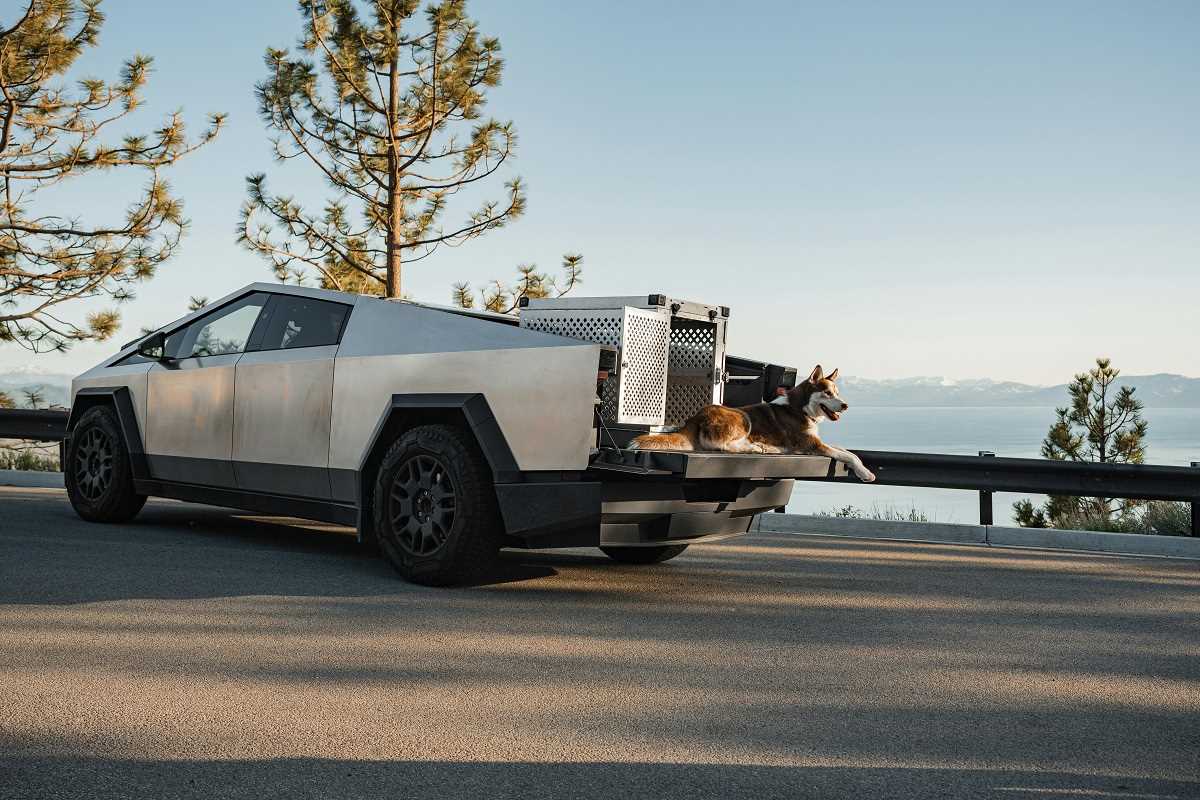 (Image via
(Image via